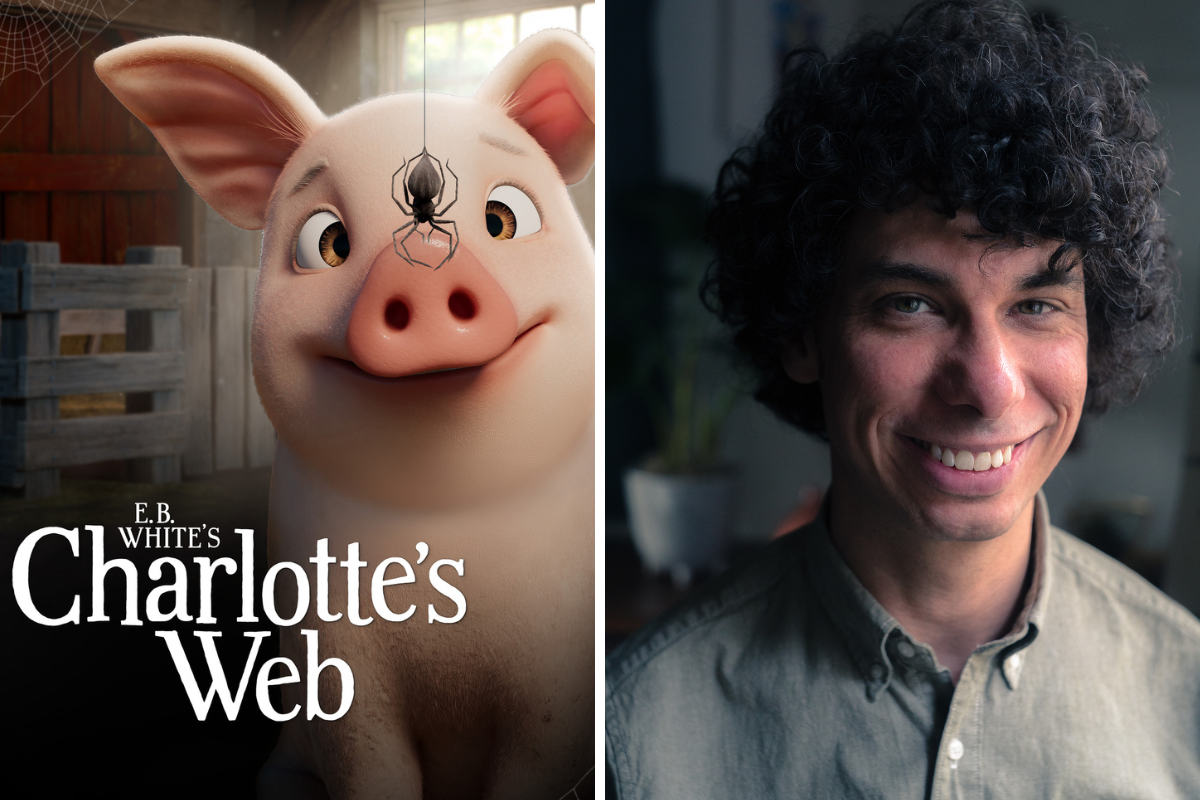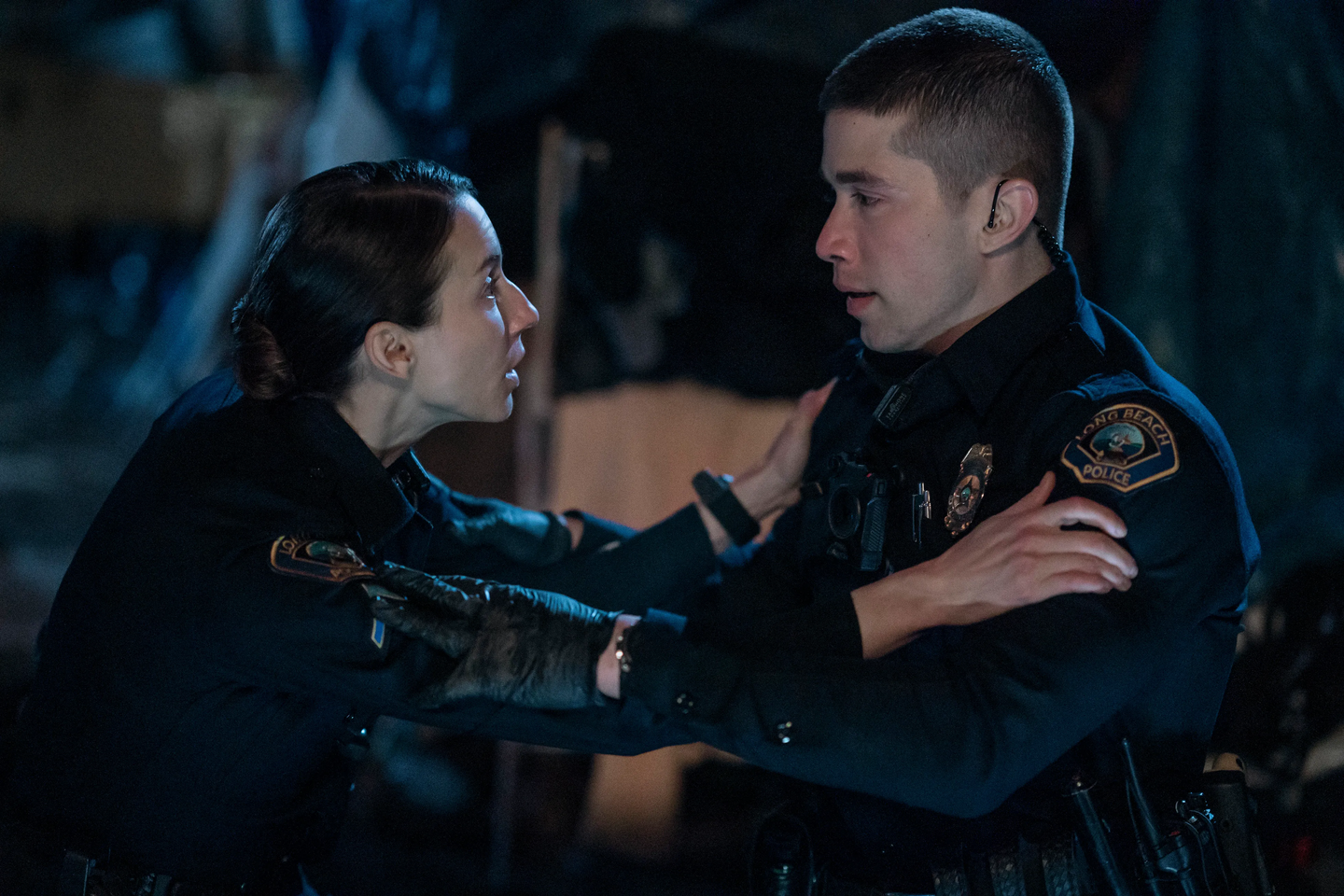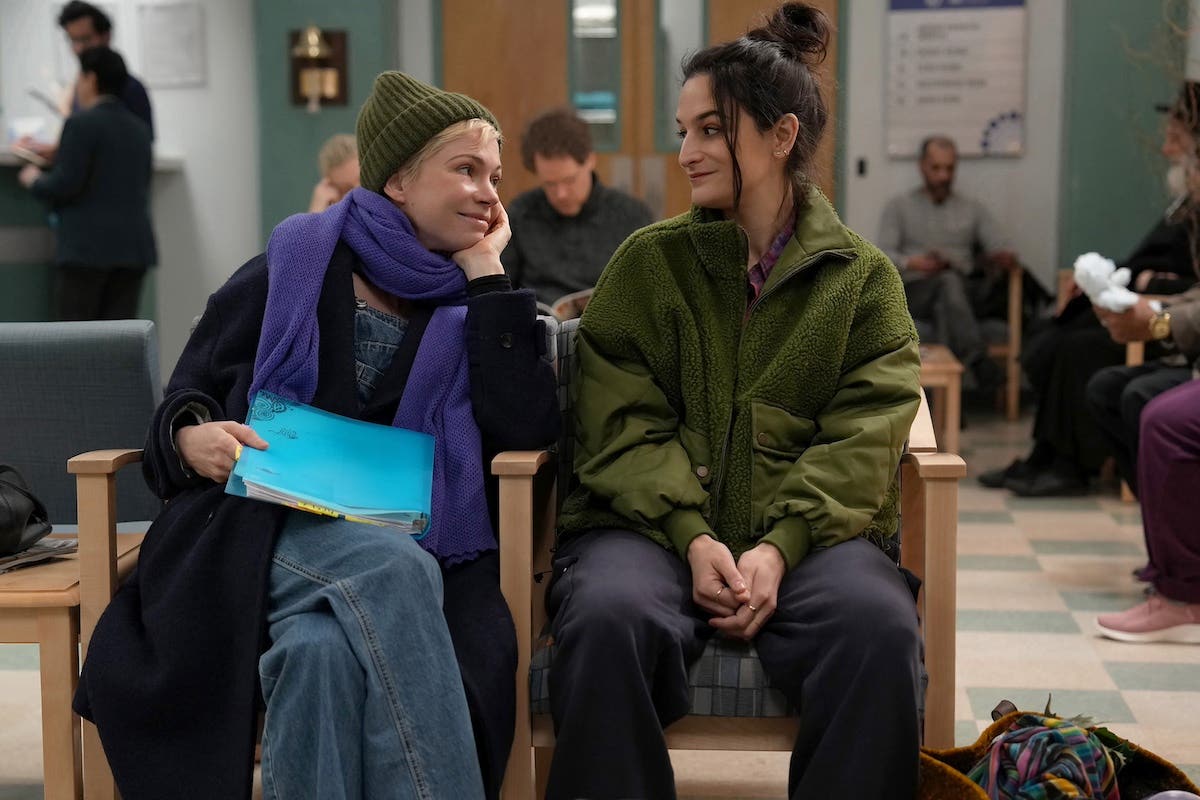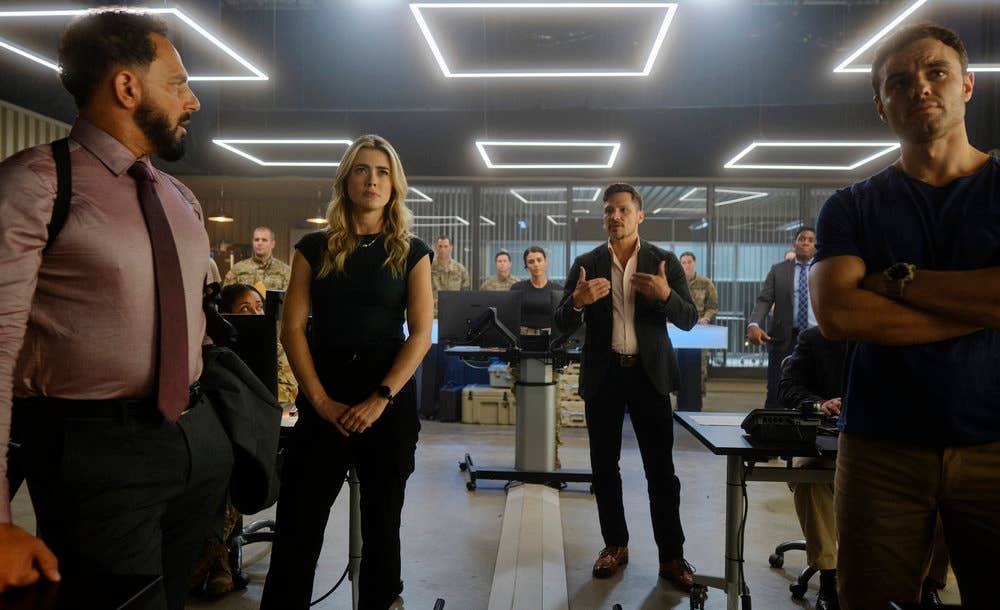COMEDY WRITING: A New Story Wrinkle in Today’s Sitcom Pilots
Comedy guru Evan Smith explores a recent development in how sitcom pilots are structured—a new use of an old plot convention.
Given that storytelling hasn’t changed much since caveman days, it’s really interesting to see how TV series have evolved over just the last 20 years. One of the most recent developments involves a little blip in how some pilot episodes are now structured—a fresh use of an old convention that can be a great way to launch a new show.
BYE-BYE EPISODICS
Remember when almost every show that hit primetime was structured as an “episodic” series? Meaning, each episode of each show featured a complete three-act story that began, developed, and resolved all in one sitting? So you could watch episodes in any order? We still have a few such shows—like South Park and Always Sunny in Philadelphia—that sort of fit that mold. However, almost all of those series have changed to include serialized elements that continue across multiple episodes. Or an entire TV season, or even the life of the series. Elements like visiting characters—the perfect new boyfriend, a too-curious cop—that now when they pop up, might refuse to go away. And like serialized subplots, secondary storylines that arc across episodes, like Veep’s Catherine trying to get pregnant or Veep’s Amy trying to get un-pregnant.
Even the few episodic shows that still air today have morphed into a hybrid form; rather than completely separate and self-contained stories, they’re like chapters in a book, small stories that combine to form a larger story.
Why the change? For the same reason that almost all new series are full-fledged serials—shows in which each episode is a continuation of the previous episode, and feeds into the next. Thanks to today’s on-demand, anywhere-anytime viewing options, serialized shows enable writers to take characters and stories much further than is possible in just a half-hour here, an hour there. Which means more fun for the writer, and more compelling viewing for the audience.
EVERY TV PILOT STARTS FROM SCRATCH
Of course, whatever the show, whatever its format, it all starts with the pilot episode. And there isn’t much difference here structure-wise, be it episodic or serial, because every sitcom pilot starts from scratch. New characters, new setting, new sources of conflict and humor. Not to generalize—though I guess I’m about to do exactly that—but almost every pilot story follows some sort of three-act path, retracing the familiar beginning-middle-end paradigm that drives most popular fiction.
As in…
THE OLD MODEL
In conventional shows that feature a single main storyline, and in the individual storylines featured in “nonlinear” shows (that feature multiple main stories blended together, as in Seinfeld, Modern Family, and Schitt’s Creek), one usually sees…
In ACT ONE, the show’s characters and their world are introduced, with everyone acting in ways that reflect and reveal their personalities and current goals. Then, something happens—an important event, discovery, or decision. This “inciting incident” causes the protagonist(s) to embrace a new goal, such as pursuing an opportunity or dodging some threat, and that launches them into…
ACT TWO, in which the protagonist(s) chases their new goal, runs into problems, causes themselves even bigger problems (a staple in comedy), and faces escalating opposition and difficult decisions until things finally come to a head in…
ACT THREE, when opposing forces meet, truths are revealed, mistakes come to light, maybe characters learn a lesson and maybe not, and the episode’s conflict is resolved in some sort of happy fashion. (Or events completely backfire on the protagonist but no real harm is done—another staple of comedy.)
And, we’re talking about a series pilot, so the show also ends with a question or two still dangling, something to tempt viewers back for more.
And, to be clear, the word “Act” here refers to stages in the story’s dramatic development, not the timing of commercial breaks.
Pardon the qualifiers. My point is that that same model, good old three-act story structure, has launched countless sitcoms, episodics and serials, over the decades. As an example…
"BIG BANG" IN THREE ACTS
Consider the pilot for mega-hit The Big Bang Theory as an example—a show worth examining given how hugely successful it was. In that series, based on a pilot script draft titled “Revised Pilot” and dated 10/2/06, one sees:
ACT ONE: We meet Leonard and Sheldon at a “high IQ sperm bank,” where they plan to earn spare cash to help finance a new telescope. But Sheldon balks due to principles when he realizes that they can’t guarantee genius offspring, so the two cancel their contributions and leave. When they return to their apartment with take-out food in hand, they bump into their beautiful new neighbor, Penny, in the hallway. This “inciting incident” causes Leonard to embrace a new goal…
ACT TWO: Leonard, smitten, invites Penny to join them for lunch. She happily does, and we learn about Sheldon’s special couch seat and the boys gathering to play Klingon Boggle, and Penny’s acting dream and the break-up that led to her moving in next door. Mid-conversation, Penny starts crying—she still loves her ex-boyfriend. Leonard nobly comforts her, and she asks to borrow their shower because hers is not working. At this point, supporting characters Howard and Dave (renamed Raj after the pilot) pop in for a visit and react to towel-clad Penny per their uber-nerd personalities, Howard flirting cluelessly and Dave/Raj promptly falling mute. As Penny heads for her shower, Leonard tells Sheldon to come with him as he leaves the apartment with a new strategy (for getting Penny to like him)…
ACT THREE: In the car, Leonard informs Sheldon that they are going to help poor Penny by retrieving her clothes from her ex-boyfriend. Sheldon sees through the ploy, observing that Leonard hopes this will also impress the woman. They arrive and confront the ex-boyfriend, matching wits, nerds versus jock…and are sent skulking home in defeat, minus their own pants and shirts. However, back at the apartment, Penny sincerely thanks and hugs the pair for their attempt, and offers to buy them dinner in appreciation. It’s not the win Leonard hoped for, but he once again has hope.
Three acts, a familiar pattern—some might say “too familiar.” But this model, stories that develop in this beginning-middle-end fashion, satisfy viewers because they reflect human behavior. (As in: something happens, we pursue a new goal, we win or we lose.) So, they’re not going anywhere.
And it’s hard to argue with success. The Big Bang pilot did sell, and that series went on to win huge ratings and many awards. And, if you dissect the pilots from most of your other favorite sitcoms—from 30 Rock to Black-ish, Brooklyn Nine-Nine to Schitt’s Creek—you’ll find that almost all develop in a similar fashion.
But everything does change with time. And I did mention a new wrinkle…
ABOUT THAT WRINKLE
While many of today’s pilots still follow the traditional three-act path, television’s almost-universal shift to serialized sitcoms has opened the door for a little something different—the addition of a second “inciting incident.”
The inciting incident we usually see at the end of Act One is used to launch the story featured in that episode. And, when that episode is also the show’s pilot, the incident often serves double duty, also introducing the overarching conflict or question that will drive the entire series. The Big Bang pilot is an example—Penny’s arrival prompted Leonard to start his impress-the-woman pilot story, and it also raised a question that would help drive the series, “Will Leonard ever win Penny’s love?” And that worked. Wonderfully.
But today we sometimes see a pilot launch its episode story with the traditional inciting incident in the Act One, but then it also includes a second important incident in Act Three—a different event, discovery, or decision that is used to launch the series.
Two inciting incidents. The first helps to set up the second; the second ends the pilot with a seductive hook. A dramatic ending that introduces some big new question right at the close of the show, an enticement likely to be more compelling than a question raised by the first inciting incident 20 minutes earlier. As in…
· The Schitt’s Creek pilot starts with “The wealthy Rose family is shocked to learn that all their money has been stolen,” and ends by posing the central question of the series, “Will the Rose family ever escape Schitt’s Creek?”
· Likewise, Barry starts with “A bored hitman is called to LA to kill someone for an important new client,” and ends with “Will Barry succeed in quitting his hitman career to become a successful actor?”
· And then there’s, “Devoted Mrs. Maisel is suddenly dumped by her cheating, ungrateful husband,” setting up the bigger question, “Will Midge become a successful comic in an oppressive man’s world?”
Of course, every show is different. While Barry benefitted by having its main character delay his decision to become an actor until the pilot’s final sequence, providing a great series hook at story’s end, The Neighborhood benefitted from raising its central question right at the top of the pilot, when we see the Johnson family move in and sparks immediately fly.
So, having two inciting incidents in a pilot—one for the pilot’s story, one for the series—isn’t better, it’s just an option. A new use of a familiar device, that can sometimes be a great way to launch a new series.
…………. END
ON SALE until March 31, 2020 only! Save hundreds of dollars on our bundle of products for Writing and Selling Your TV Pilot!
Evan Smith has written for NBC, CBS, FOX, USA, and various producers, and has worked as a programming VP responsible for developing network TV movies, specials, and series. Evan is the author of the bestselling book WRITING TELEVISION SITCOMS, he teaches screenwriting at Syracuse University’s Newhouse School, and he serves as a private script consultant for screenwriters and entertainment companies. Evan also contributes to Writer's Digest online magazine.







